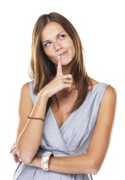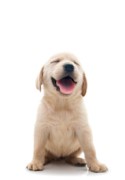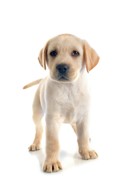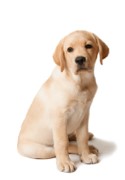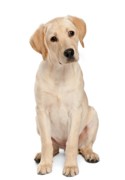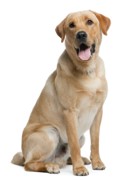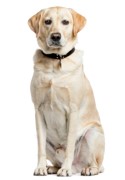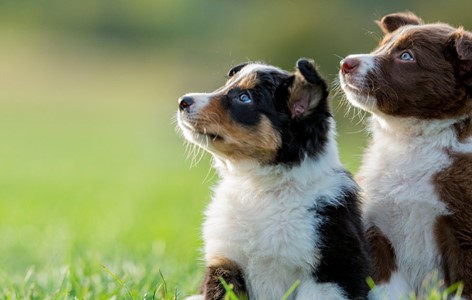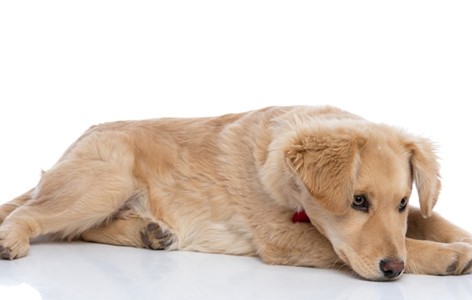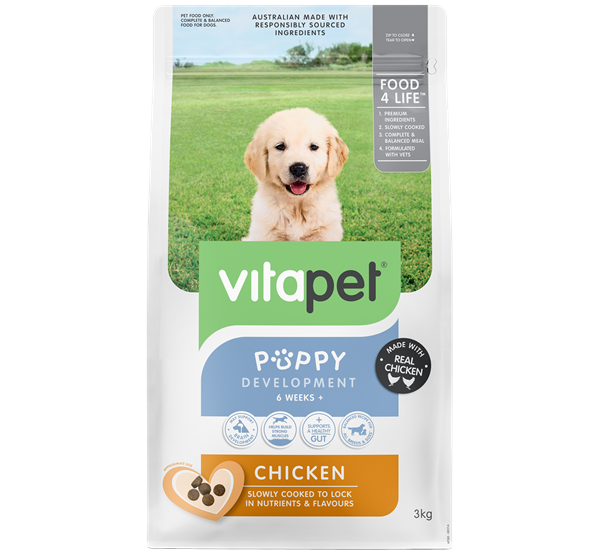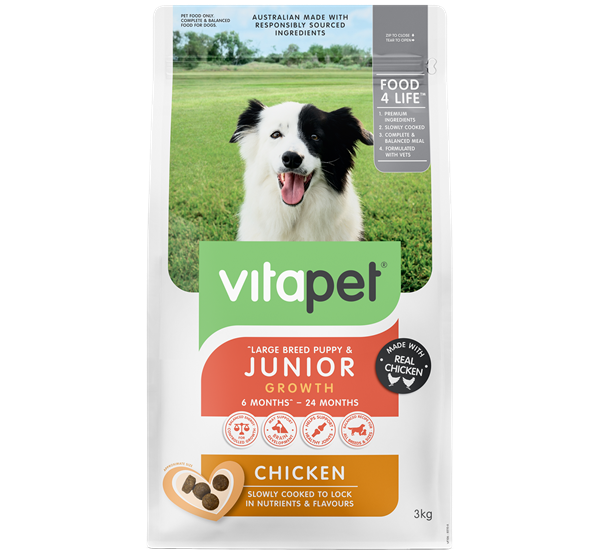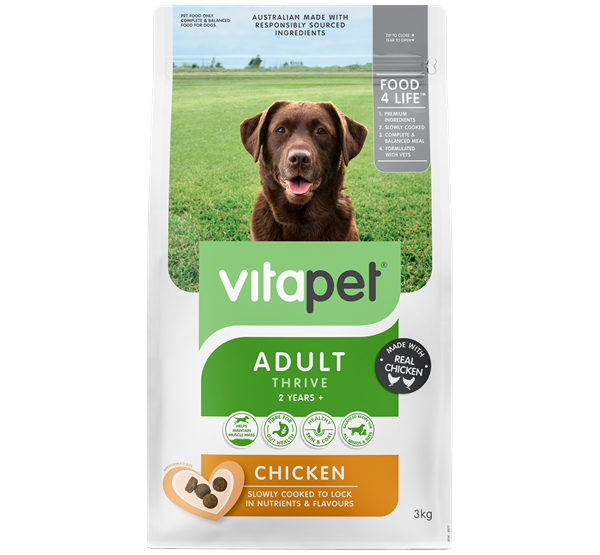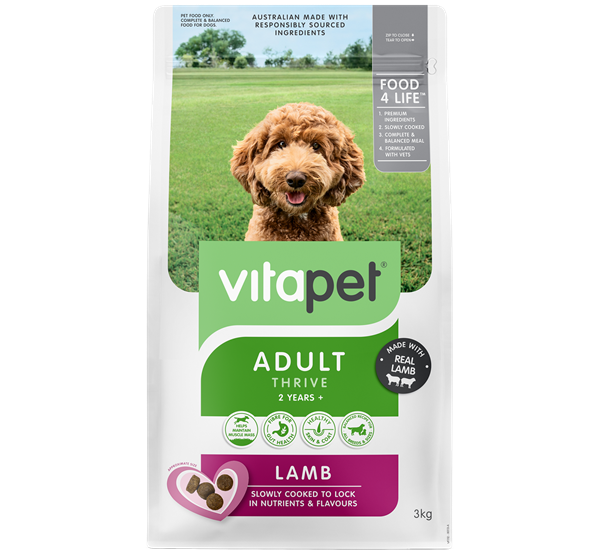Winter is well and truly upon us – and you probably wouldn’t dream of going outside without warm clothes on. But what about your dog?
Sure, they’re covered in fur, but that might not be enough to keep them comfortable. Read on to find out which dogs are most likely to feel the cold, what you can do to keep them cosy, and how to build a stronger relationship along the way.
Dogs feeling the cold more than others
As a general rule, dogs with a lean build and short coat are most likely to be susceptible to cold temperatures. So single coated-breeds such as Greyhounds, Vizslas, Fox Terriers and Dalmatians, will generally feel the cold more than breeds with thicker coats. At this point we will note that some larger breeds may feel the cold more if they have very little body fat, regardless of their coat.
Similarly, double-coated dogs such as are well equipped to cope with colder conditions, but can be prone to overheating in the warmer months. This includes breeds such as Huskies, Collies, Labradors, Golden Retrievers, Shiba Inus, Australian Cattle Dogs, Corgis and Beagles
Low temperatures can also be harder on older dogs. According to the RSPCA, the cold can aggravate joint stiffness and arthritis in seniors – not unlike in elderly people. They may show signs of pain, lick or chew at joints, and be unwilling to walk or climb stairs, and will benefit from a little extra tender loving care and attention to make them more comfortable during the cold weather.
Dogs that love cold weather
Some breeds are very well adapted to cold weather and will happily bound through the snow or swim in freezing water. They tend to have thick, coarse coats that keep them warm and repel liquid. The American Kennel Club’s (AKC) top cold weather breeds include the Alaskan Malamute, Siberian Husky, Newfoundland, Saint Bernard, Keeshond, Tibetan Mastiff and Norwegian Elkhound.
How can I tell my dog is cold?
Just like people, dogs will shiver when they are cold. Their teeth may even chatter! Other signs include whining or barking, agitated behaviour and trying to burrow into furniture or corners to stay warm.
Does my dog need a coat?
Coats and jumpers are a great option for keeping your pooch warm in winter – and they also look adorable. Soft fabric coats are perfect for lounging around inside or going outside when the weather is sunny.
If you’re walking in wind or light rain, look for a coat with a wind and waterproof exterior layer.
A great coat should:
- Have the right size: measure your dog around the neck, the deepest part of the chest and along the length of their back.
- Have the right fit: be snug but not tight and not too constrictive around the legs.
- Be easy to put on an take off: Velcro closures can make stepping in and out of the garment easier for your dog. They’re also not easily chewed off.
- Have the right fabric: wool is very warm, however it may require hand washing, while acrylic blends are warm and easy to care for. Other things to think about in winter
Now you’ve got your pup’s winter wardrobe sorted, there are a few other things to keep your pup comfortable during the colder months:
- Ensure your dog has a cosy place to sleep. Keep their bed in a warm spot, add extra blankets or think about investing in a pet safe heating pad.
- If you have a very active dog, they may need more food in winter as their body may need extra calories to keep warm. If your dog moves less, they may need less food than usual.
- If the weather forces you to cut down on outdoor exercise during winter, try to think of other ways to keep your dog entertained – games, training and puzzle toys are great inside options.
- Dogs love to lie in front of a heater or fire, but check they’re not getting too close – they could singe their fur or burn their skin.
While some dogs may thrive in colder weather, others will appreciate some extra layers and TLC during winter.
Paying close attention to their cues and ensuring they have everything they need to be comfortable and content when they may not be able to follow their usual routine can help bring you even closer together.


